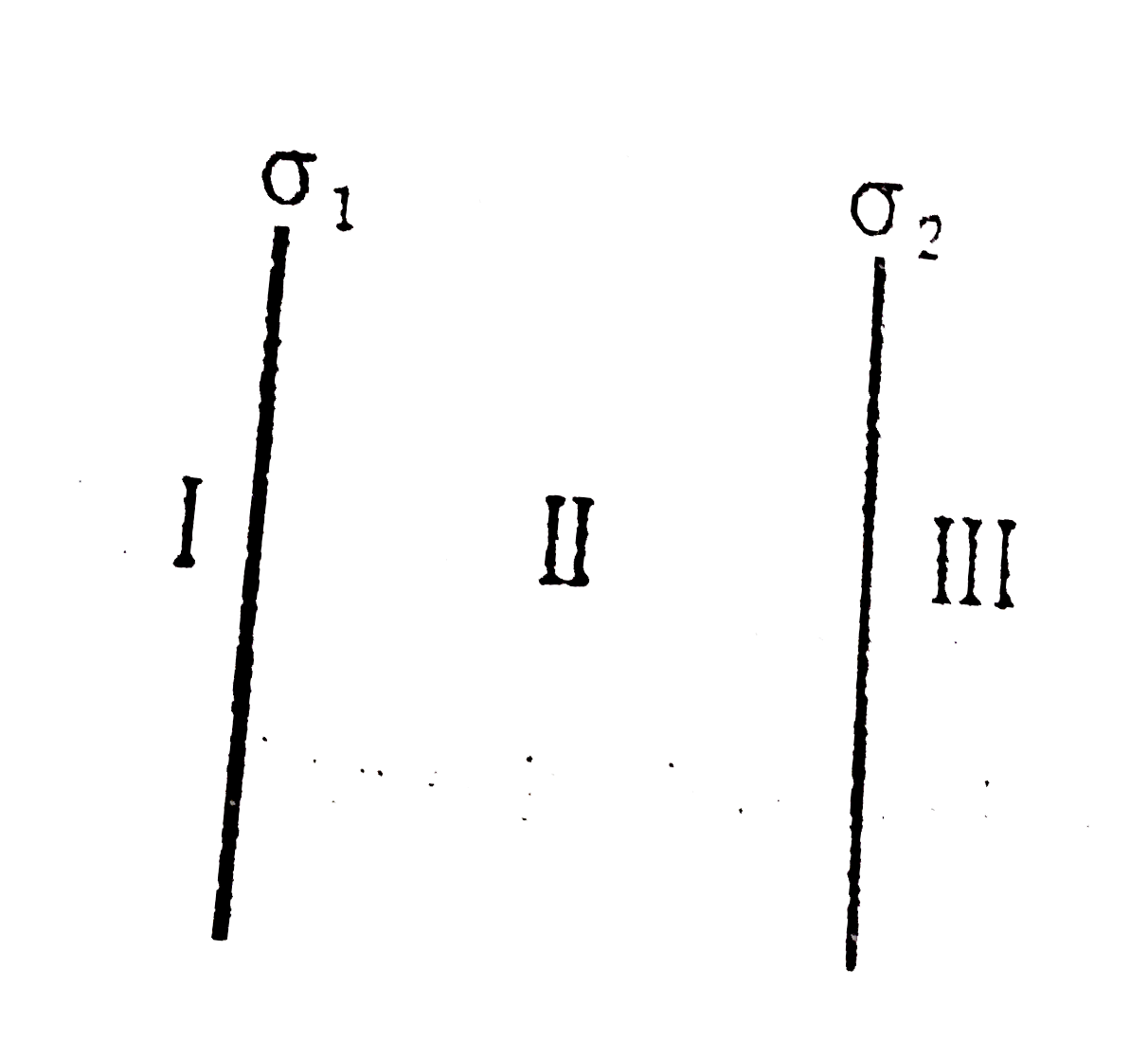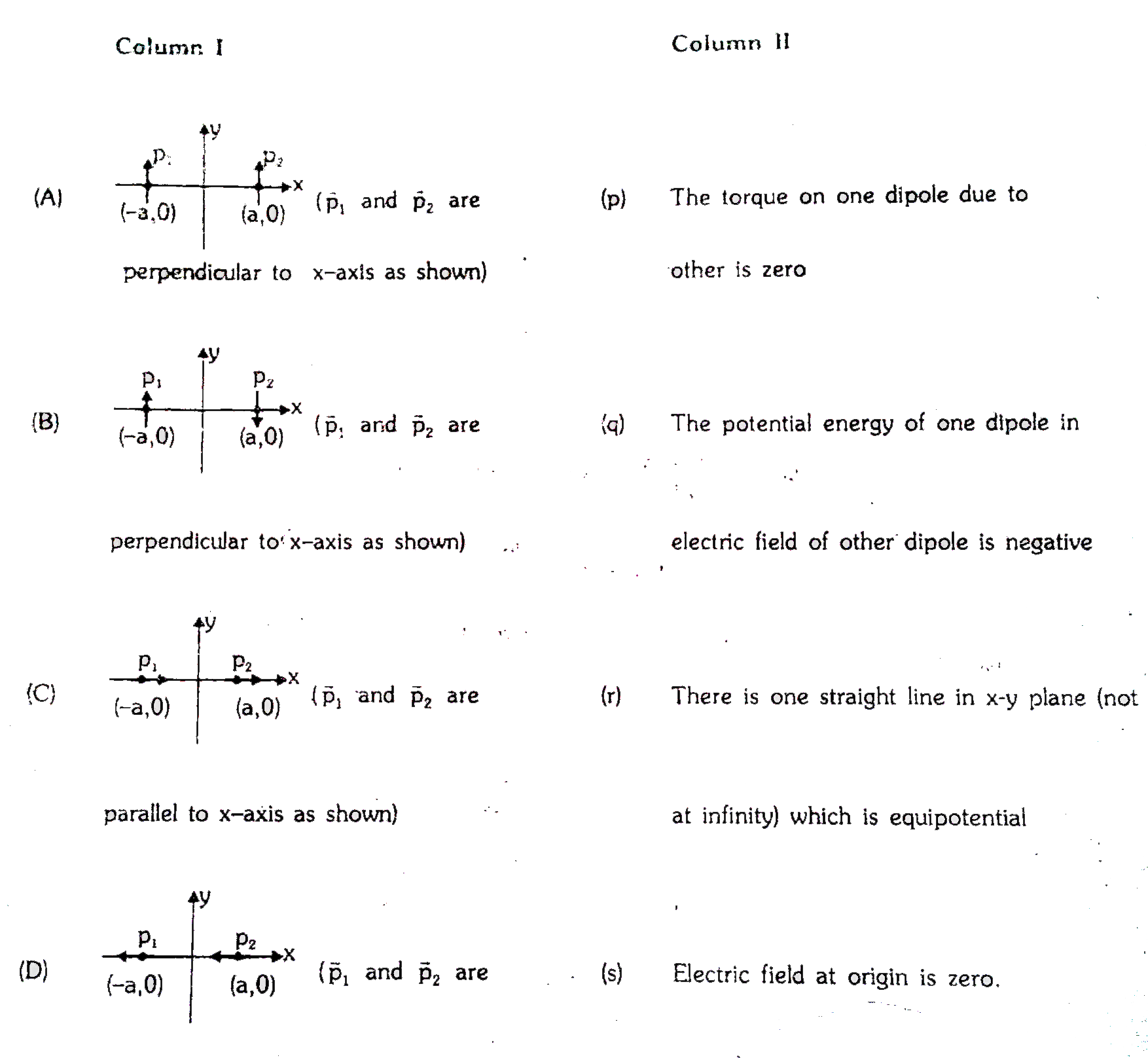The van der wasl's equation of a gas is (P+aT2V)Vc=(RT+b). Where a, b, c and R are constant. If the isotherm is represented by P=AVm−BVn, where A and B depends on temperature:Solution in Gujrati
m=−c,n=−1
m=+c,n=−1
m=−c,n=+1
m=c,n=−1
The correct Answer is:A
P+aT2V=(RT+b)V−c
⇒P=(RT+b)V−C−aT2V−1=AVm−BVn
⇒m=−c and n=−1
Topper's Solved these Questions
- MISCELLANEOUSBOOK - ALLEN CHAPTER - MISCELLANEOUSEXERCISE - Exercise-03
1 Videos
- MISCELLANEOUSBOOK - ALLEN CHAPTER - MISCELLANEOUSEXERCISE - Exercise-04
1 Videos
- MISCELLANEOUSBOOK - ALLEN CHAPTER - MISCELLANEOUSEXERCISE - Exersice -05(B)
20 Videos
- KINEMATICS (MOTION ALONG A STRAIGHT LINE AND MOTION IN A PLANE)BOOK - ALLEN CHAPTER - KINEMATICS (MOTION ALONG A STRAIGHT LINE AND MOTION IN A PLANE)EXERCISE - BEGINNER S BOX-7
8 Videos
- PHYSICAL WORLD, UNITS AND DIMENSIONS & ERRORS IN MEASUREMENT BOOK - ALLEN CHAPTER - PHYSICAL WORLD, UNITS AND DIMENSIONS & ERRORS IN MEASUREMENT EXERCISE - EXERCISE-IV
7 Videos
Similar Questions
Two parallel metallic plates have surface charge densities σ1 and σ2 as shown in figure.

Column-IColumn-II(A)If σ1+σ2=0(p)Electric field in region III is towards right(B)Ifσ1+σ2>0(q)Electric field in region I is zero(C)If σ1+σ2<0(r)Electric field in region I is towards roght(s)Nothing can be said
View SolutionIn each situation of Column-I two elelctric dipoles having moments →p1 and →p1 of same magnitude (that is ,p1=p2) are placed on x-axis symmetrically about origin in different orientations as shown. In column-II certain inferences are drawn for these two dipoles. Then match the different orientations of dipole in column-I with the corresponding result in column-II.

View SolutionPlanck's constant has dimensions …………….
View SolutionA football player kicks a ball at an angle of 30∘ with an initial speed of 20 m/s. Assuming that the ball travels in a vertical plane, calculate (a) the time at which the ball reaches the highest point (b) the maximum height reached (c) the horizontal range of the ball (d) the time for which the ball is in the air, (g=10m/s2)
View SolutionAssertion : Gravitational forces do not depend on the medium between the masses.
Reason : Mediating particle responsible for gravitational force is graviton.
View SolutionFind out the unit and dimensions of the constants aandb in the van der Waal's equation (P+aV2)(V−b)=Rt, where P is pressure , v is volume , R is gas constant , and T is temperature.
View SolutionThe equation of state of gas is given (P + (aT^(2))/(V))V^( c) = (RT + b) where a, b, c and R are constant. The isotherms can be represented by P = AV^(m) - BV^(n) , where A and B depend only on temperature and
View SolutionThe van der waal's gas equation is (P+a/V^(2))(V-b)=RT , where P is pressure, V is molar volume and T is the temperature of the given sample of gas. R is called molar gas constant, a and b are called van der waal's constants. The dimensional formula for b is same as that for
View SolutionThe van der waal's gas equation is (P+a/V^(2))(V-b)=RT , where P is pressure, V is molar volume and T is the temperature of the given sample of gas. R is called molar gas constant, a and b are called van der waal's constants. The dimensional formula for a is same as that for
View SolutionThe van der waal's gas equation is (P+aV2)(V−b)=RT, where P is pressure, V is molar volume and T is the temperature of the given sample of gas. R is called molar gas constant, a and b are called van der waal's constants.
The dimensional formula for abRT is
View SolutionThe van der waal's gas equation is (P+a/V^(2))(V-b)=RT , where P is pressure, V is molar volume and T is the temperature of the given sample of gas. R is called molar gas constant, a and b are called van der waal's constants. The dimensonal formula of RT is same as that of
View SolutionFind the dimension of the constant b in the van der Waals equation (p+a/V^2)(V-b)=RT .
View Solutionভ্যান ডার ওয়ালস সমীকরণ (p+aV2)(V−b)=RT তে b ধ্রুবকটির মাত্রা
View SolutionThe equation of state for a real gas such as hydrogen oxygen etc. is called the Van der waal's equation which reads: -(P+(a)/(V^(2)))(V-b)-=n RT where a and b are constants of the gas. The dimensional formula of constant a is:
View SolutionGas phase equation (P+(aT^(2))/V)(V)=(RT+b) Is represented by where a, b, c and R are constant. Isometric curve P=AV^(m)-BV^(n) Find the values of m and n where A and B depend on temperature.
View SolutionThe van der Waals equation for 1 mole of gas is
(p+aV2)(V−b)=RT
where,
View Solution
